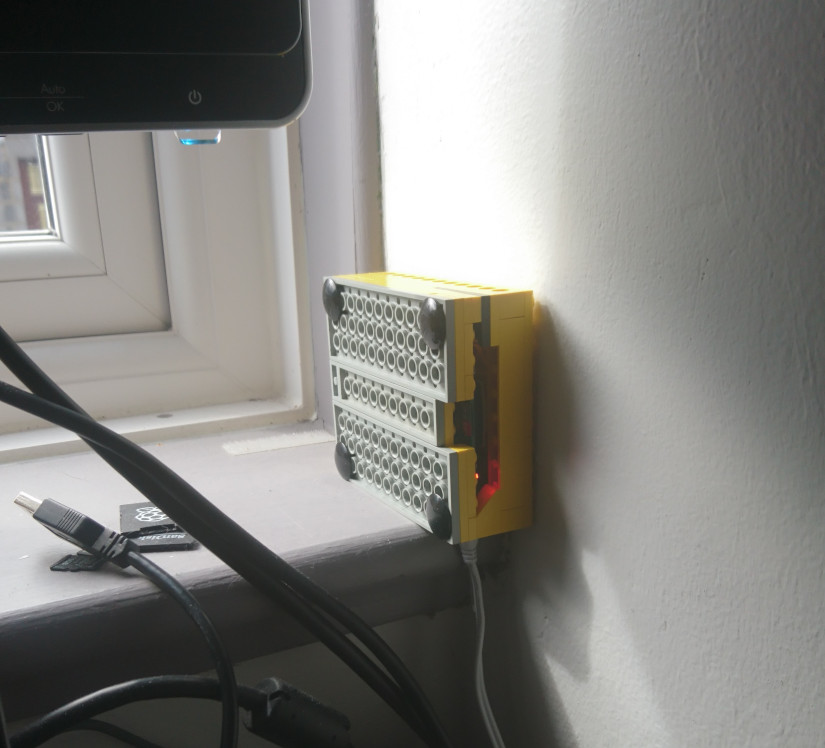Associate
- Joined
- 29 Jan 2019
- Posts
- 8
Hi all,
I currently run a HP Desktop SFF 6300 which is running purely as OpenVPN server.
This is of course linked to a port forward from my router, and the router has a DDNS setup on No-IP
The desktop is probably overkill for what it is being used for (and rather bulky) and I am thinking of a Pi running as the VPN server (and probably Wireguard at that, rather than CPU hungry OpenVPN) plus PiHole instead of on the aforementioned HP desktop.
What is the recommended setup from learned members? Is the Pi the best way to go?
I currently run a HP Desktop SFF 6300 which is running purely as OpenVPN server.
This is of course linked to a port forward from my router, and the router has a DDNS setup on No-IP
The desktop is probably overkill for what it is being used for (and rather bulky) and I am thinking of a Pi running as the VPN server (and probably Wireguard at that, rather than CPU hungry OpenVPN) plus PiHole instead of on the aforementioned HP desktop.
What is the recommended setup from learned members? Is the Pi the best way to go?




